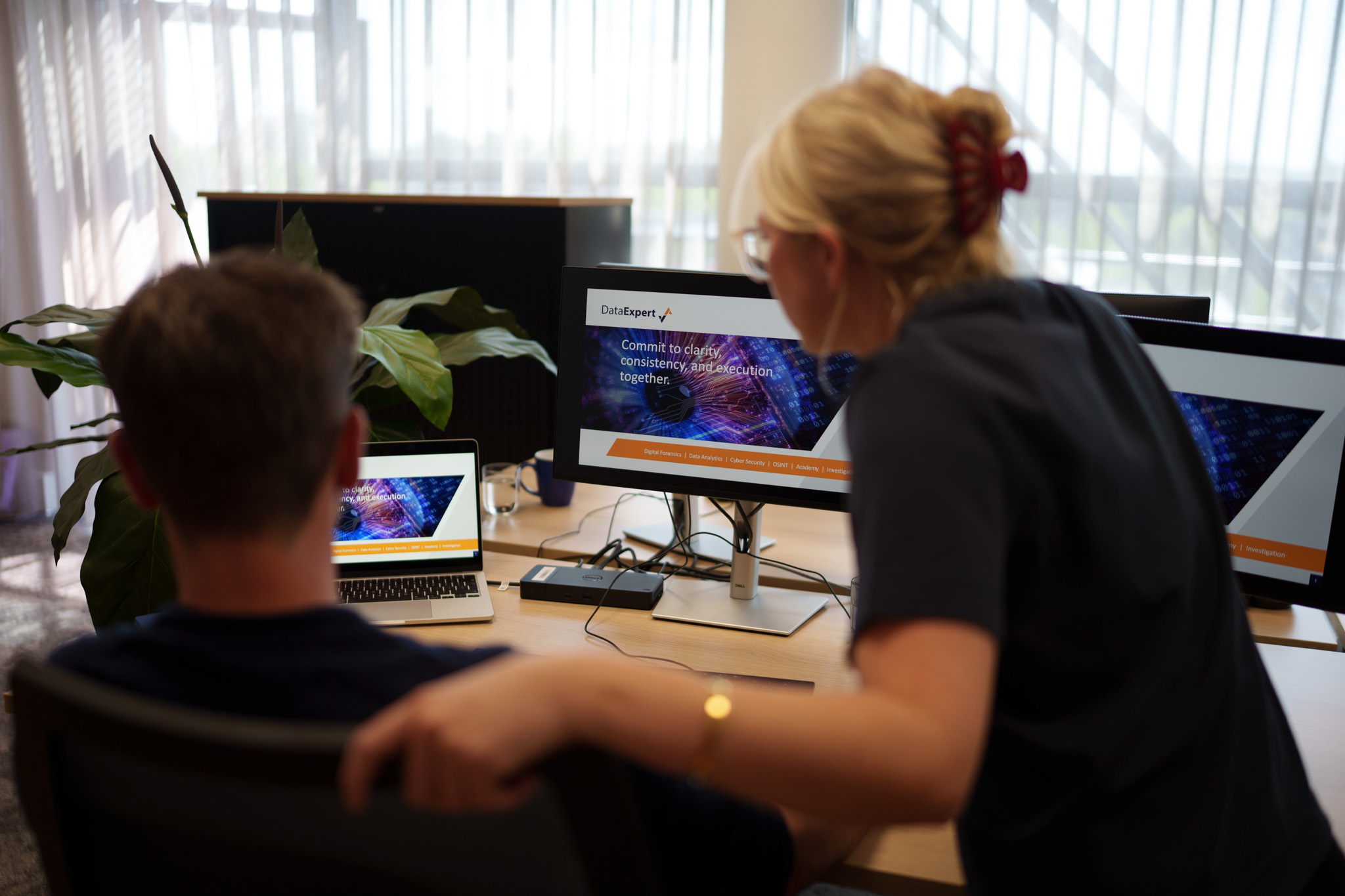1. Do alerts lead to action—or just handoffs?
Most SOCs will generate alerts. A ticket, a log entry, an automated email—these are standard outputs. But then what? When an alert is triggered, is it clear what’s expected? Is someone on the receiving end familiar with your environment and priorities? Or is the alert just passed on to the next link in the chain?
A SOC that truly supports decision-making feels different. It doesn’t just forward data—it joins the conversation. That difference can determine how quickly and confidently your team can act when it matters.
2. Is context part of the workflow—or something added later?
Picture this: over a two-day span, your SOC logs a login from a foreign IP, a registry change, and a PowerShell script execution. On their own, none of these events may raise alarms. But viewed together, they could tell a very different story.
If your SOC can correlate these events, connect the dots, and offer a working hypothesis, then context is clearly built into the detection process. If not, that responsibility shifts back to your internal team. Effective detection isn’t just about seeing isolated events. It’s about understanding what’s unfolding—and giving you the chance to act before the full story plays out.
3. Are key decisions made before the pressure starts?
Incidents move fast. The moment something escalates, so do demands on your team: technical triage, stakeholder updates, and strategic choices all start happening at once. If your SOC has already taken the time to understand your systems, your team, and your risk landscape, decisions don’t need to start from scratch. They continue from a place of shared knowledge. That’s the value of a SOC that’s not just technically prepared, but operationally embedded.
4. Does control stop after hours—or continue?
Cyber threats don’t wait for business hours. But response protocols sometimes do. If something suspicious happens at 02:30, does your SOC start investigating—or does it wait for the morning shift?
A team that can respond immediately, in your language and with sector-specific insight, doesn’t just speed up resolution. It provides assurance—long before any incident occurs.
5. Can you explain what happened—without guessing?
When boards, auditors or regulators ask what was done, when, and why, can your SOC deliver a complete and accurate picture? Not just raw logs, but a structured sequence of actions and decisions? That clarity builds trust. And it’s even stronger when forensic thinking is embedded from the start.
Not every SOC is built to steer. Some are designed to watch. Some to notify. And some to take real, guided action. The key is not necessarily to start over, but to ask the right questions. If any of the reflections above sound familiar, you’re not alone—and you’re not behind.
It might just be time to ask: does your SOC still match what you expect from it today?
We’re always open to share what we see across sectors—no jargon, no pressure. Just perspective.





